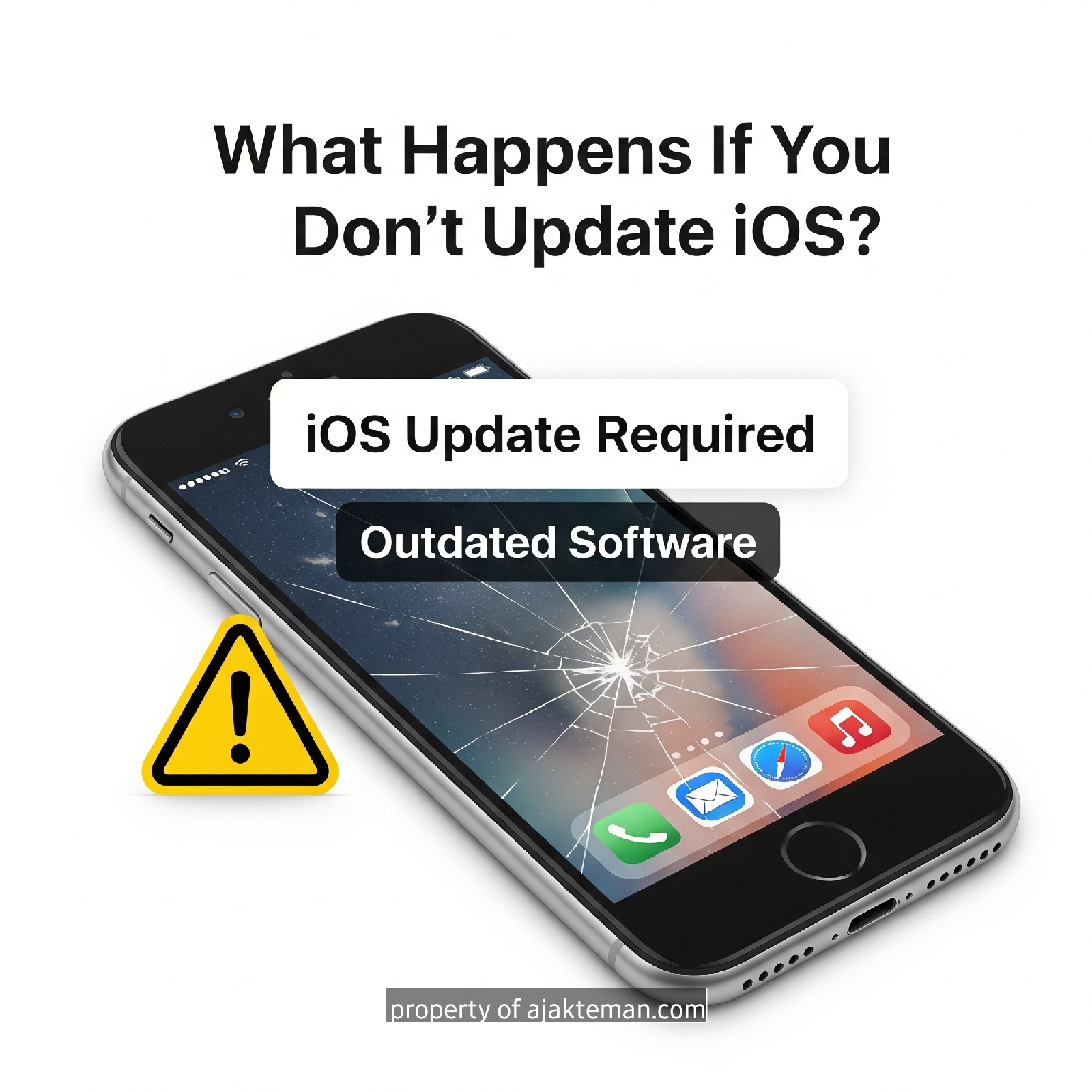Every time Apple releases an operating system update for its iPhone devices, users are faced with a crucial decision: should they download and install the iOS update immediately or wait for a while? iOS updates not only bring new features and performance improvements, but they also improve the security of the device. But what happens if your iPhone is unable to update to the latest version of iOS? This article will discuss the implications if your iPhone is stuck and can no longer receive iOS updates.
Missed iOS Update: Why Does This Happen?
At WWDC 2025, Apple announced the release of iOS 26, which is a big jump from iOS 18 straight to iOS 26, with iOS 19 skipped. This decision is certainly eye-catching, considering that many users expect incremental updates. However, for some older iPhone models, this could signal the end of operating system update support.
Each iPhone has limitations regarding the iOS updates it can receive. Apple periodically ends support for older iPhone models, usually after about five years of their launch. If your iPhone no longer supports the latest iOS updates, you’re stuck with an older version of the operating system, which comes with its own set of implications.
Impact If iPhone Cannot Update iOS
For users who have older iPhones and are unable to update their operating system, there are a few issues that may arise. Here are some of the main impacts you need to be aware of:
1. Some Apps Are No Longer Supported
One of the immediate consequences of not being able to update iOS is that some of the apps you use may no longer get updates or may not even run properly. Newer apps that are released may require a newer version of iOS to run optimally. If your iPhone is unable to update, then these new apps may not be able to download or update, and you may lose access to the latest features they offer.
2. Increased Vulnerability to Security Threats
Apple regularly releases iOS updates to patch security holes found in its operating system. Without regular updates, your device becomes more vulnerable to security threats, such as viruses, malware, and other cyberattacks. While Apple continues to provide security updates for older devices, after a few years, older devices no longer receive the latest security updates, increasing the risk to their users.
3. Decreased Device Performance
iOS updates often bring performance optimizations, making your device run smoother and more responsive. However, if your iPhone is not able to update, you may notice a decrease in performance over time. Apps may become slower, and the operating system may feel heavier. Additionally, some new features that take advantage of improved hardware may not work on older devices.
4. New Features Not Accessible
Every iOS update comes with new features that enhance the user experience. These features can be improvements to built-in apps, security enhancements, or even new functionality that changes the way you use your device. Without iOS updates, you’ll miss out on all the exciting features that the latest version of the operating system has to offer. This can leave your device feeling outdated compared to newer iPhone models.
Solutions for iPhones That Cannot Update iOS
If you find that your iPhone can no longer perform iOS updates, there are a few steps you can take to extend the life of your device:
1. Consider Upgrading Your Device
The simplest solution is to replace your device with a newer iPhone model that still supports the latest iOS updates. Apple usually provides devices that support operating system updates for the next few years, so you can enjoy new updates and features.
2. Take Advantage of Alternative Applications
If some apps no longer work properly on your iPhone, consider looking for alternatives that still support older iOS versions. Many app developers provide lighter versions of their apps or older versions of their apps that can work with older devices.
3. Keep Safe with Third Party Apps
To protect your device from security threats, you can use third-party security apps that can help protect your device even if it doesn’t receive updates from Apple. Make sure to choose a security app that is trusted and updated frequently.
4. Keep Using Available Features
Even if your iPhone can’t be updated, you can still enjoy many of its features. Keeping your existing apps and taking advantage of features that were available on older versions of iOS is a way to extend the life of your device. Of course, you should be careful about the apps you download, as some may no longer work properly on older versions of iOS.
So the conclusion is
While it can feel like an iPhone that can’t update iOS can be limiting, there are steps you can take to extend the life of your device. iOS updates are essential for performance, security, and new features, but if your device is stuck on a particular version, you still have the option to use alternative apps and keep your device secure. Remember, even if your device can no longer receive updates, you can still enjoy a great experience by taking advantage of the features that are available.
Additionally, be sure to stay up to date with the latest developments from Apple and check out ajakteman.com for more information on the latest technology and other helpful guides.
